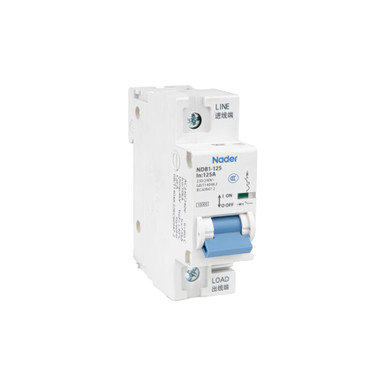What's their rating then if all of them pop at double the amps their number says?
& Yea I typically use a fuse for short circuit and breaker for overcurrent

https://www.bluesea.com/products/5112/Fuse_A3T___Class_T_110_Amp
I think the idea is to provide for surge current for inverters or powering a motor direct.
Very fast to open at short circuit amp values.
It is what it is. Design the system accordingly. And yes if the ampacity of the wire is not well above the Class T rating there could be an issue.
Looks like Class T will pass 150% rating for close to an hour. This is by design. Again I prefer to keep these a bit tight.






